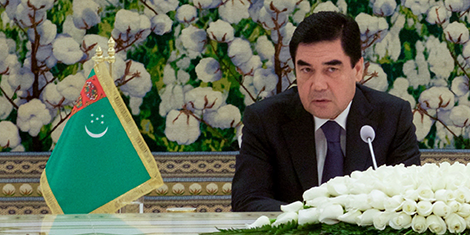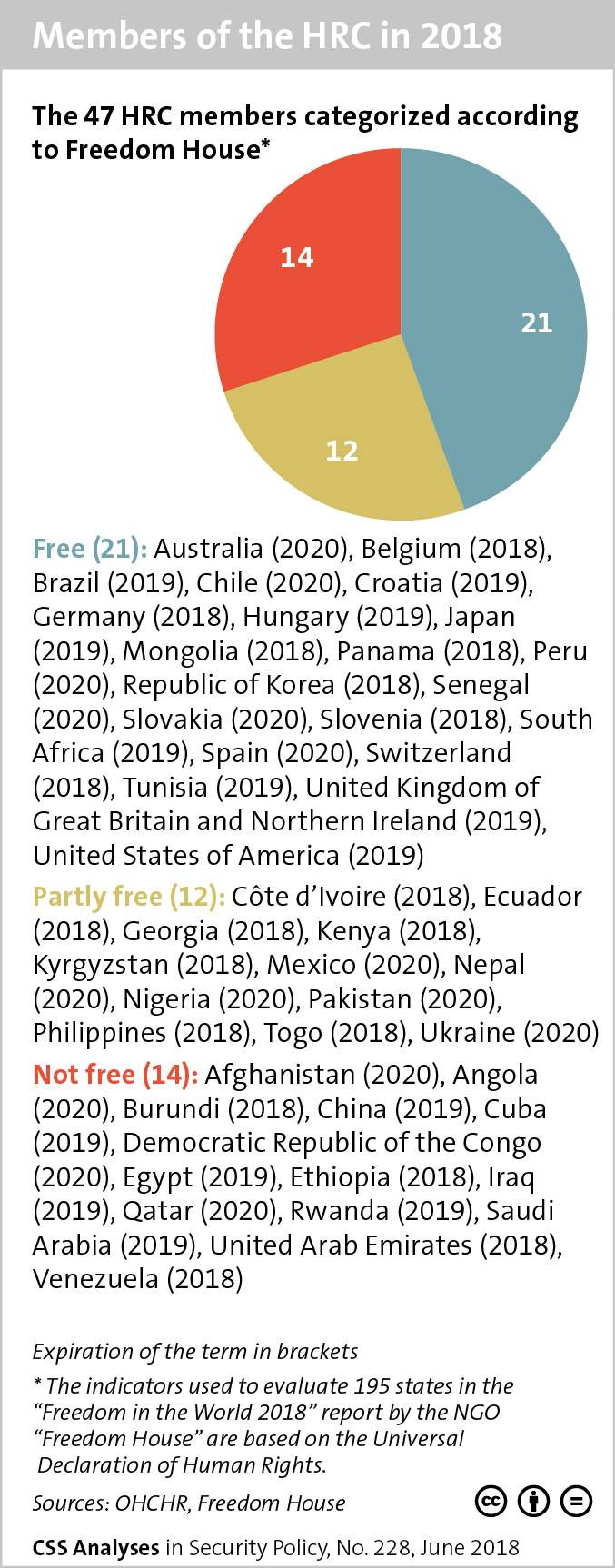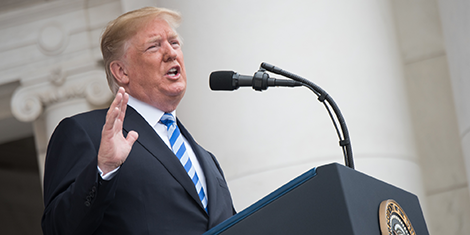
This article was originally published by IPI Global Observatory on 31 July 2018.
With Iran and Afghanistan as neighbors, Turkmenistan is often overlooked due to its proximity to geopolitical hotspots. Recent measures by its government to restrict emigration may seem peculiar without greater context on the challenges facing the country. Economic mismanagement and issues in securing the country’s border against the Taliban and the Islamic State (ISIS) and affiliated groups are just some of the signs that without a change in approach, there is a risk of a destabilization in the country. With endemic corruption, systemic flaws, and a totalitarian leader, the impact of larger failings in Turkmenistan could have potentially significant geopolitical repercussions.







